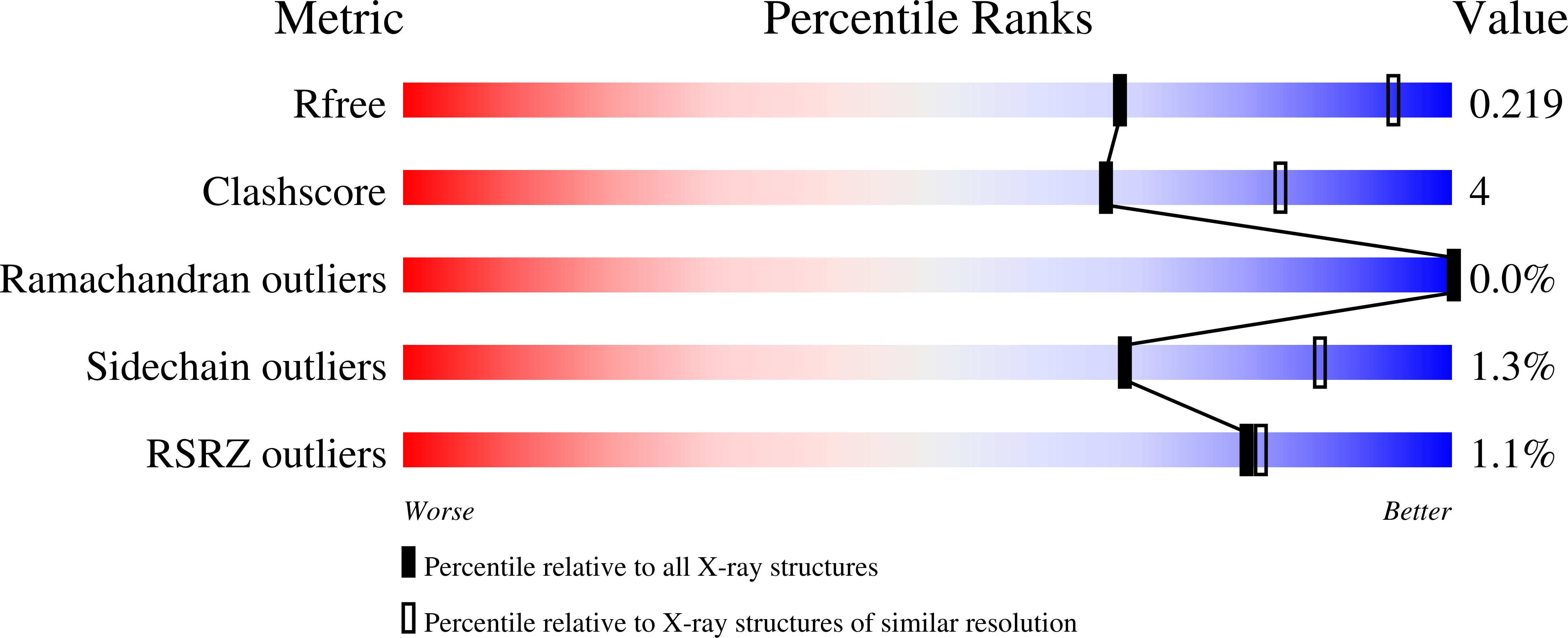
Deposition Date
2022-06-21
Release Date
2022-08-03
Last Version Date
2024-10-23
Entry Detail
PDB ID:
8DF5
Keywords:
Title:
SARS-CoV-2 Beta RBD in complex with human ACE2 and S304 Fab and S309 Fab
Biological Source:
Source Organism:
Homo sapiens (Taxon ID: 9606)
Severe acute respiratory syndrome coronavirus 2 (Taxon ID: 2697049)
Severe acute respiratory syndrome coronavirus 2 (Taxon ID: 2697049)
Host Organism:
Method Details:
Experimental Method:
Resolution:
2.70 Å
R-Value Free:
0.21
R-Value Work:
0.17
R-Value Observed:
0.17
Space Group:
P 1


